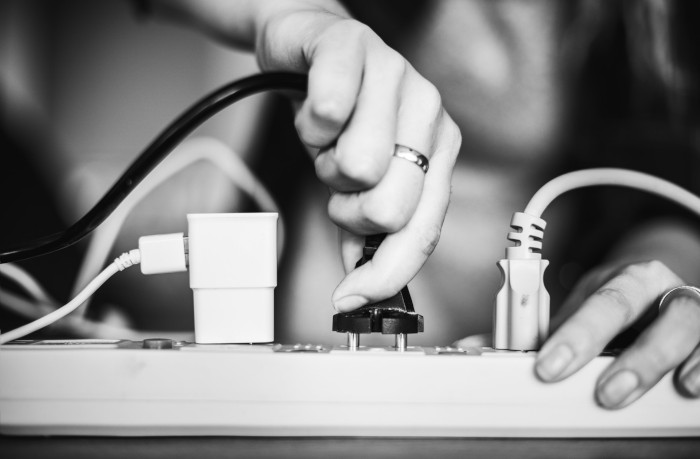In order to reduce the risk of nuisance tripping after a period of load shedding, the City has advised residents to switch off all electrical appliances before the power cut takes place.
The City of Cape Town Mayoral Committee Member for Energy and Climate Change, Phindile Maxiti explains why it takes longer to restore power after nuisance tripping.
“Sometimes it may take longer to restore electricity in certain areas of the metro as additional security measures must be taken in an area that has been affected by nuisance tripping. The City continues to do its best to notify its customers of potential load-shedding as soon as Eskom notifies the City.”
Nuisance tripping occurs when power is restored to an area after load shedding but fails to come back on in some parts. Power outages such as nuisance tripping, often go unreported as residents assume it is due to load shedding.
Locals can reduce the risk of nuisance tripping by switching off all appliances including geysers, air conditioners and pool pumps prior to load shedding. In some cases general faults can be confused with load shedding.
Maxiti added that the City is working towards becoming less reliant on Eskom for a power supply.
“We are also continuing our endeavours to become less reliant on Eskom for electricity supply and gain greater control as a municipality over the ability to generate and distribute electricity.”
Residents are advised to SMS the City’s Technical Operations Centre on 31220 if they experience an outage at an unscheduled time or if the electricity remains off for longer than the period specified.
Load shedding alerts can be found on the City’s social media pages and here.
Residents and businesses are advised to visit the City’s electricity saving page here, for useful tips to help reduce dependence on electricity and save money.
Picture:Pexels






